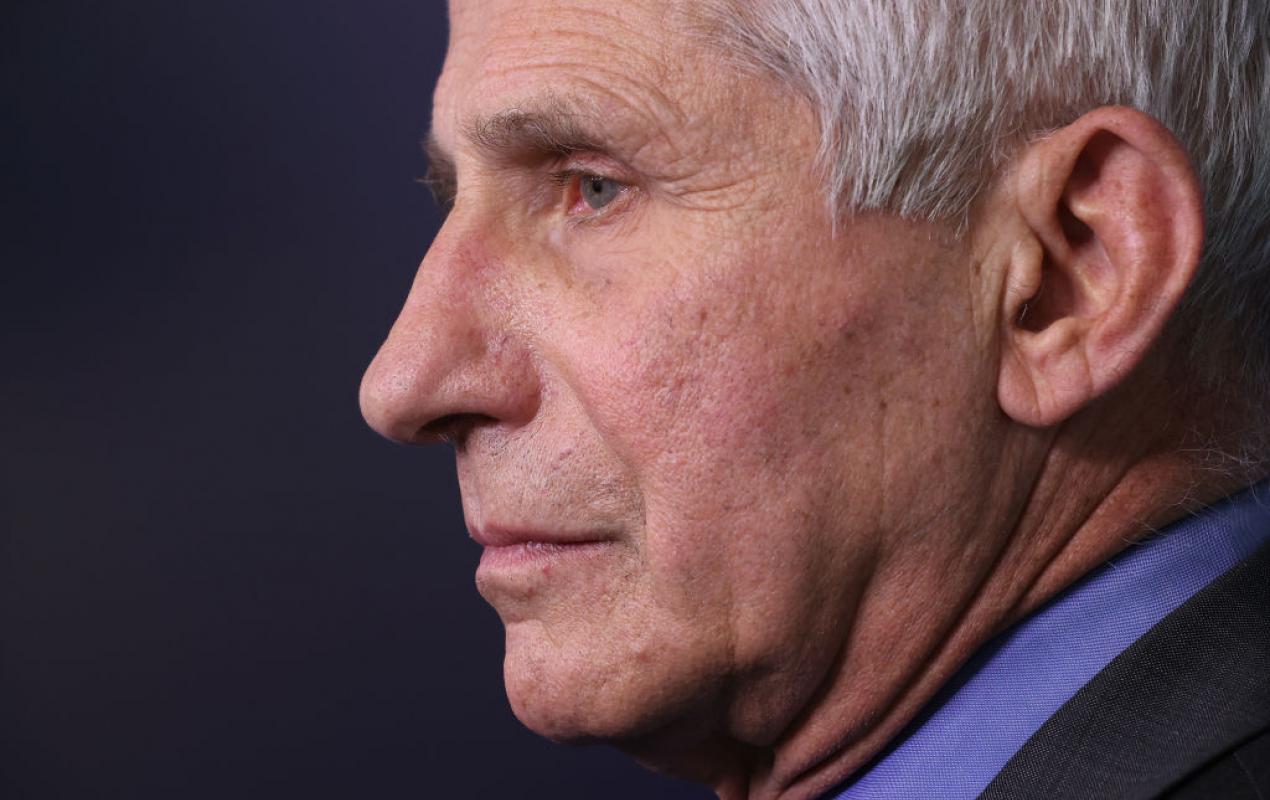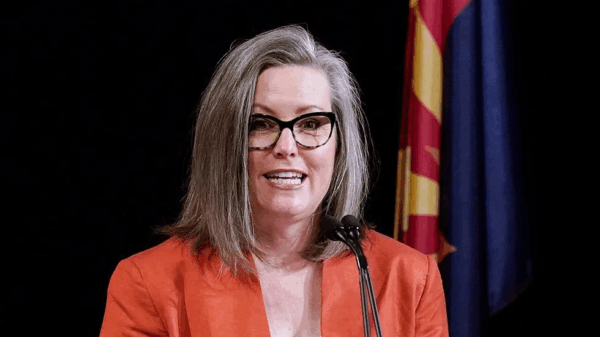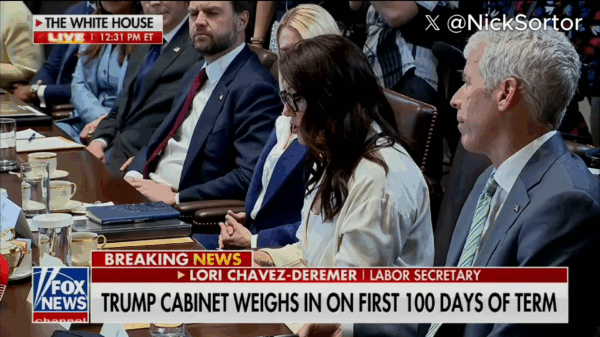
At the Los Angeles and Long Beach ports — which handle 40% of all shipping traffic entering the United States — there are roughly 100 vessels waiting to enter and unload. As companies run out of lot space for empty containers, however, truckers are reportedly placing them in residential areas.
With the ports of Los Angeles and Long Beach now running 24/7 operations, a new problem has occurred. Many of the shipping containers that spent weeks onboard ships waiting to be unloaded are now being dumped in nearby neighborhoods once they’re emptied… Port of Los Angeles executive director Gene Seroka said Tuesday about 200,000 shipping containers remain on ships off the coast.
UCTI Trucking Company owner Frank Arrieran told the outlet that the firm’s lot only has a capacity for sixty-five containers. “Right now with the ports and everything that’s going on over there, we’re stuck with the containers, having to bring them all to the yard, and we only have so much space.”
Residents interviewed by CBS Los Angeles note that roads are increasingly harder to navigate.
“I would have to go in at 6:30 a.m. to go to work,” said Sonia Cervantes, who lives on Anaheim Street. “There was a trailer already blocking my driveway so I couldn’t get out. With no driver in the trailer, so we would honk and honk, and it was just crazy.”
“They’re sitting in the street for like 15, 20 minutes. Sometimes they just unload the trailer in the street with no front part of it, and they just leave it there.”
In one instance, a container slid from a semitruck and destroyed a nearby car parked on the street.
Earlier this month, The Wall Street Journal polled economists on the bottlenecks threatening continued recovery from COVID-19 and the lockdown-induced recession. Respondents identified the supply chain crisis as the “main cloud” over the economy:
Around half of respondents cited supply-chain bottlenecks as the biggest threat to growth in the next 12 to 18 months, while nearly one-fifth pointed to labor shortages. They also expect supply-chain woes to weigh on the economy through much of next year. Some 45% estimate that it will take until the second half of 2022 for bottlenecks to have mostly receded, compared with two-fifths expecting major improvement before then.
Likewise, former Walmart CEO Bill Simon recently condemned the supply chain woes as a “mess from start to finish.”
“I’ve never seen it like this, and I don’t really think anybody living in this country has,” the executive told Fox Business anchor Dagen McDowell. “I mean, this is really unprecedented.”
![]()





















